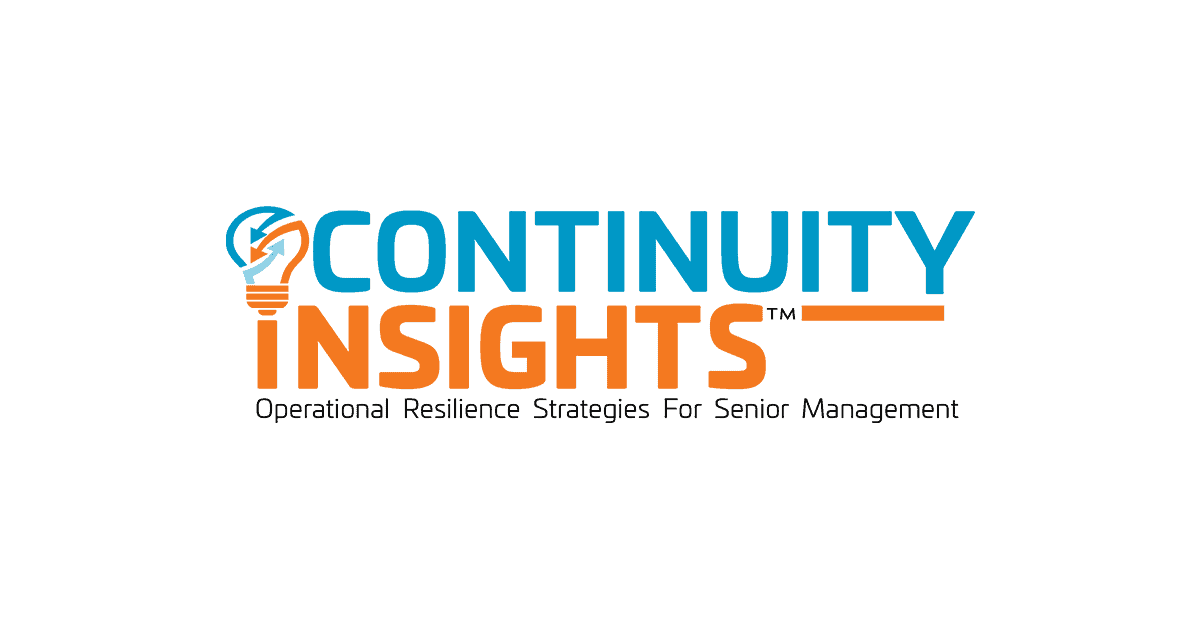Top Stories
Is New Nuclear Energy Creating Greater National Security Risks?

Proliferation and nuclear terrorism are top national security risks; sabotage, coercion and military operations pose other risks, according to new GWU report.
Autonomous Vehicles: What Are The Risks, Opportunities?

New ASIS Foundation report, “Autonomous Vehicles: Threats, Risks & Opportunities,” explores the multifaceted landscape of AVs within security contexts.
GenAI Survey: U.S. Leaders Concerned About Data Privacy, Security

Despite enthusiasm, leaders see understanding gaps, lack of strategic planning, talent shortage as obstacles to realizing the technology’s full value.
Listen Now: Decision-Making During A Crisis

Robert C. Chandler, Ph.D, Founder and Principal of Emperiria discusses his research on adaptive decision-making in this podcast.
ASIS Introduces Security Risk Assessment Standard

The ASIS standard has been revised and designed to revolutionize how organizations assess and manage security risks.
Report Warns Of Need to Bolster Defenses Against Public Sector Attacks

Government agencies, officials need to increase cybersecurity measures, enhance election integrity safeguards, and collaborate with cybersecurity experts to mitigate threats, warns new CyberCube report.


